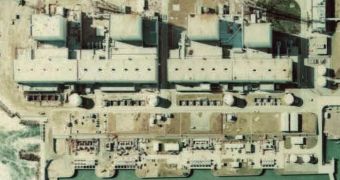A new document officials from the Japanese Nuclear Regulation Authority (NRA), sent to the International Atomic Energy Agency (IAEA) argues that the concentrations of highly-dangerous radioactive compounds in the waters around the Fukushima Daiichi Nuclear Power Station are stable.
There is a fear that more and more contaminated water may be spilling from the nuclear power plant's unit 4 reactor. If that was the case, then scientists should have found steadily-rising concentrations of radionuclides such as Cs-134 and Cs-137. Such increases were not observed.
Measurements were conducted between October 28 and November 3, in an area of the Pacific Ocean up to 2 kilometers (1.2 miles) from the Fukushima power plant. The work was led by experts with the Tokyo Electric Power Company (TEPCO), which manages the nuclear installation.
The Fukushima Daiichi installation was severely damaged by the tsunami that occurred following the March 11, 2011 earthquake that struck southeastern Japan. The 9.0-magnitude tremor rendered reactors 1 through 4 inoperable, and damaged reactors 5 and 6 slightly. All activity as Fukushima is now shut down.

 14 DAY TRIAL //
14 DAY TRIAL //